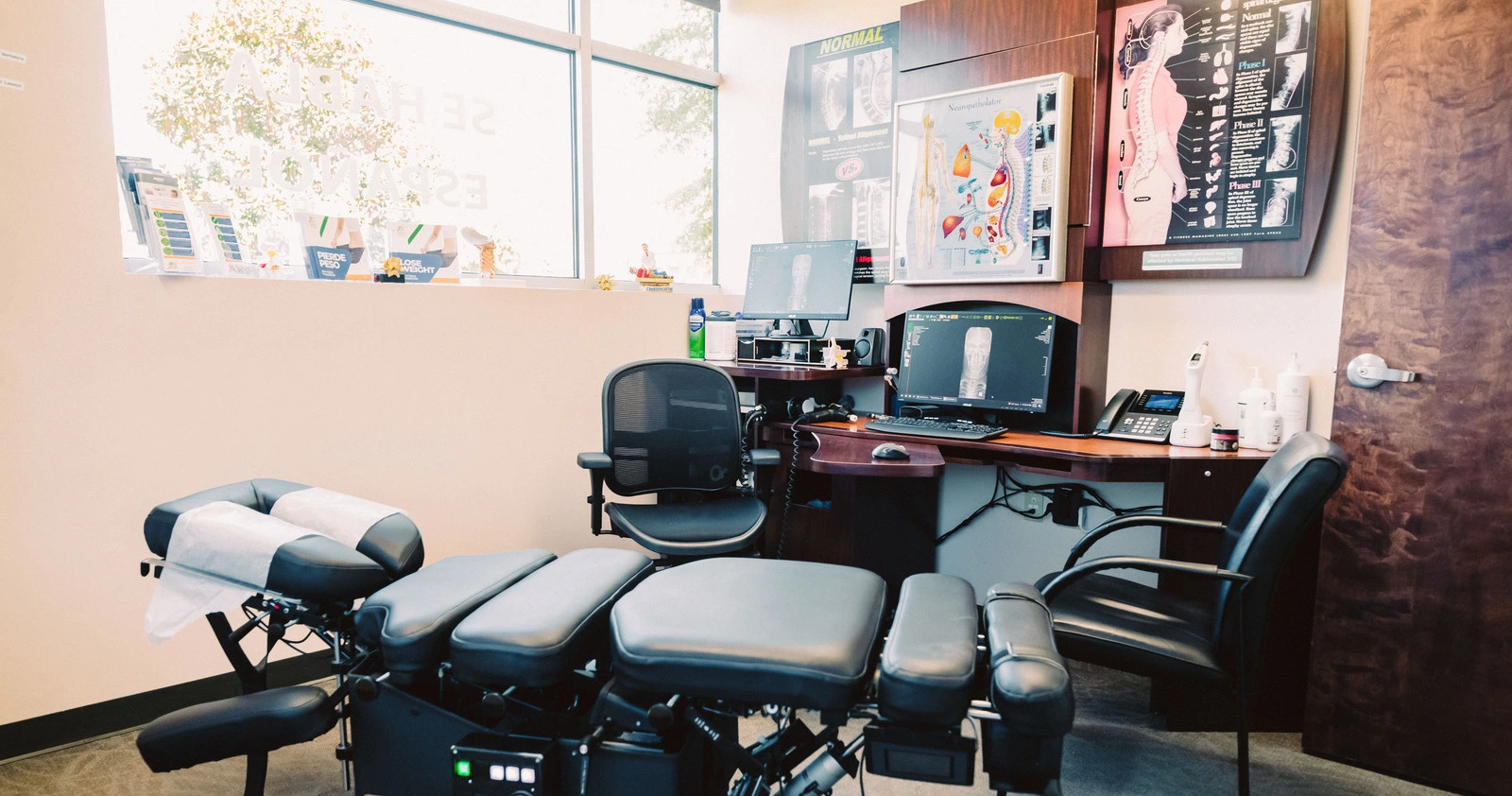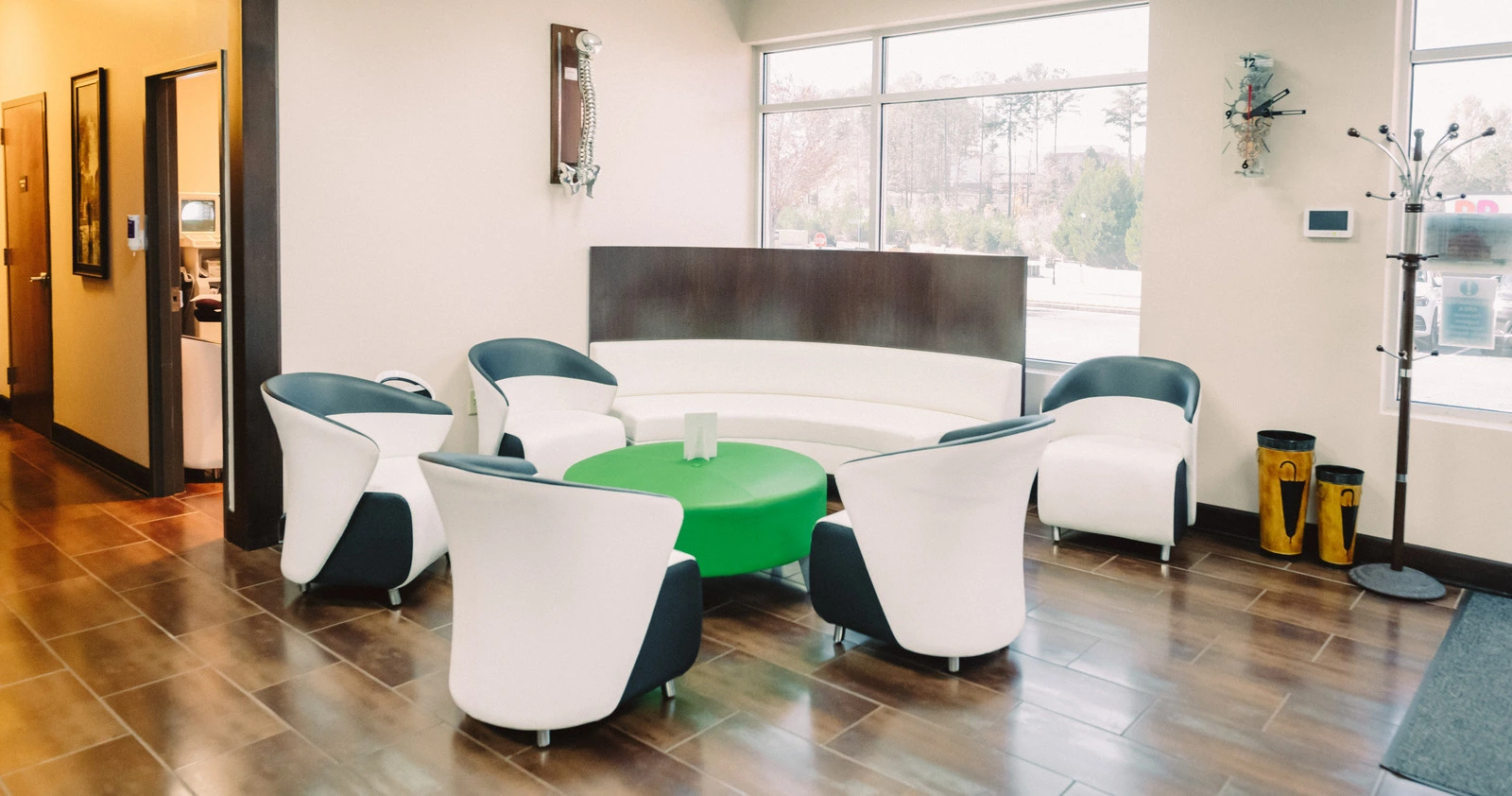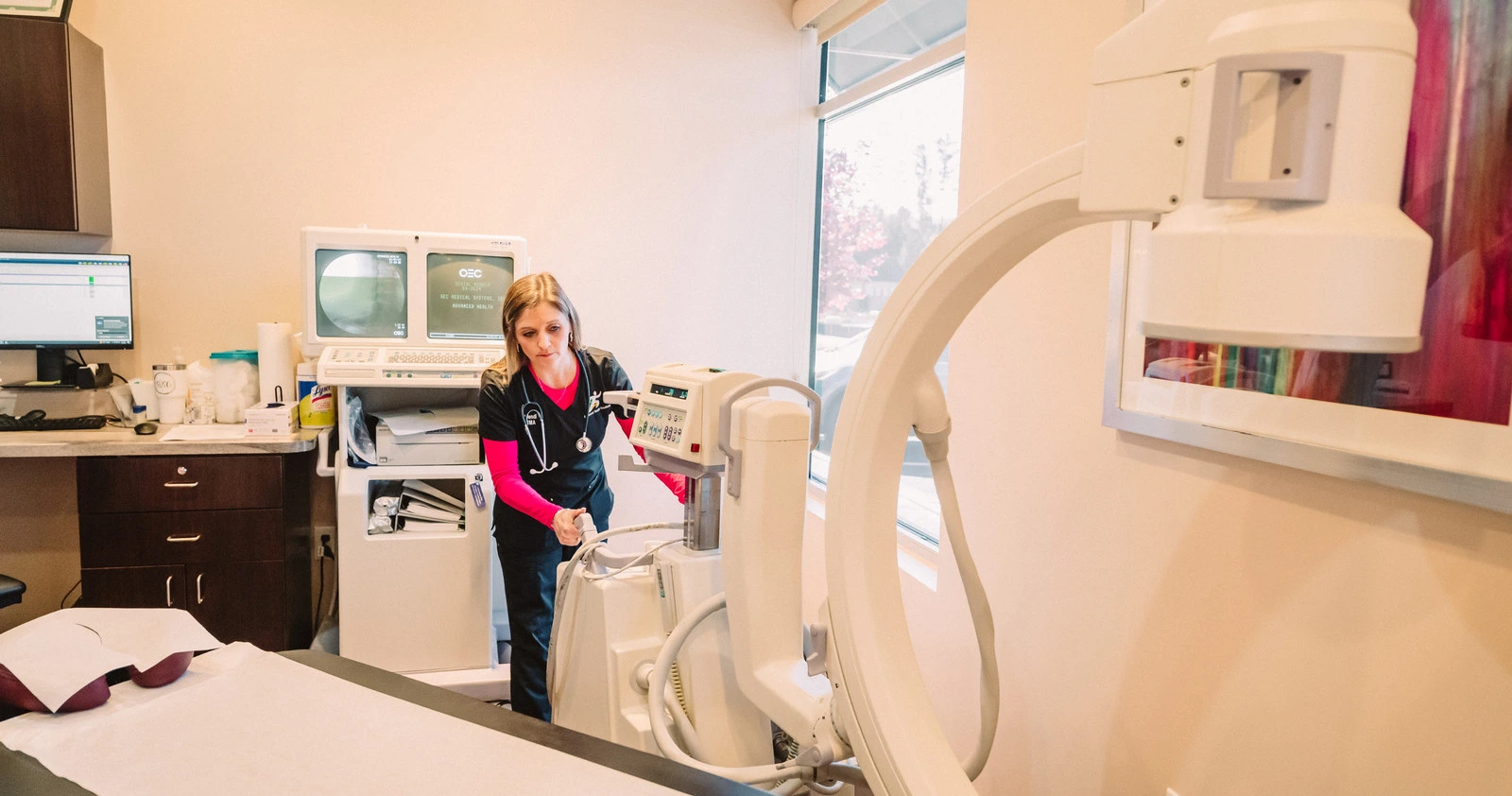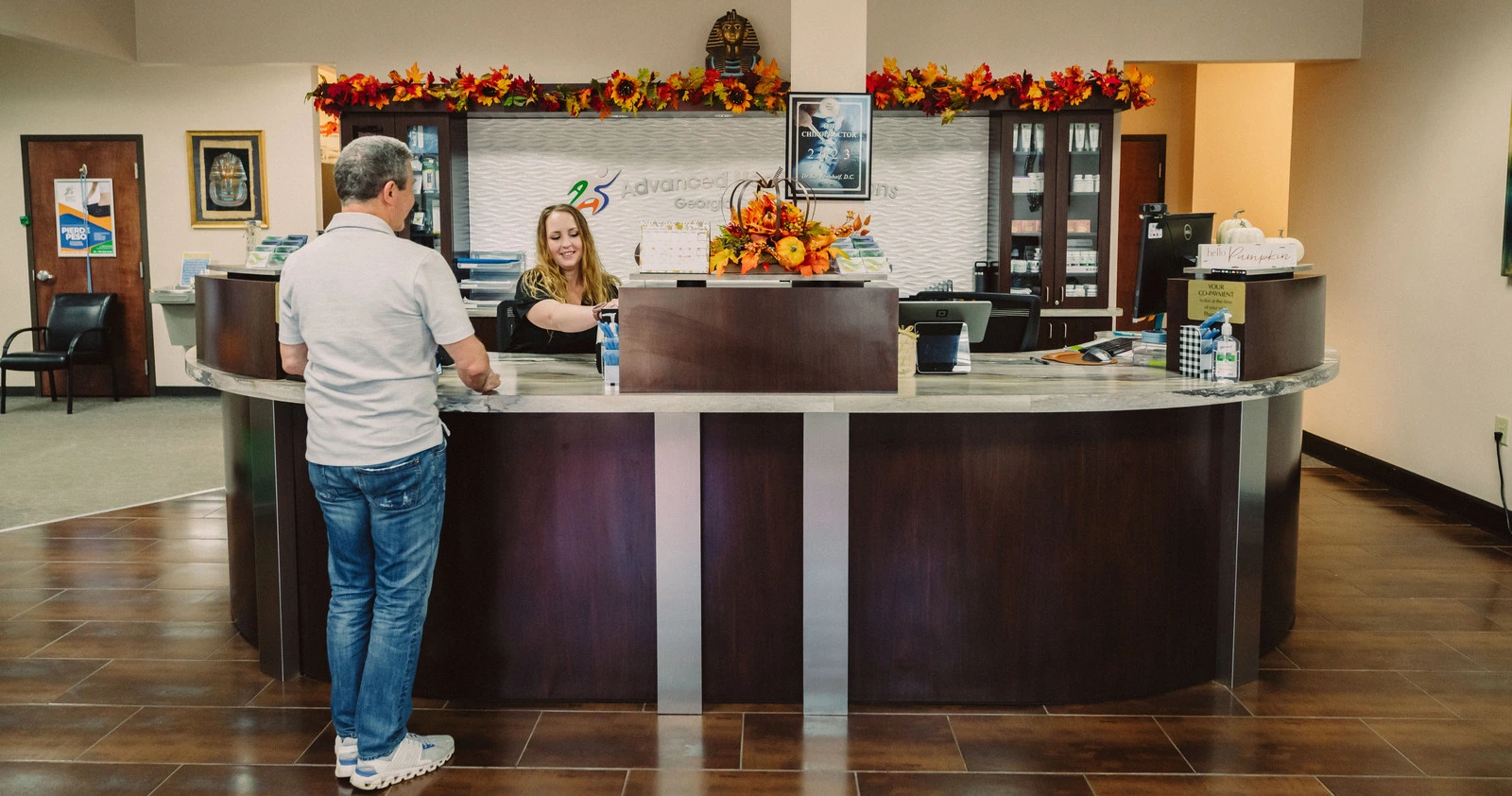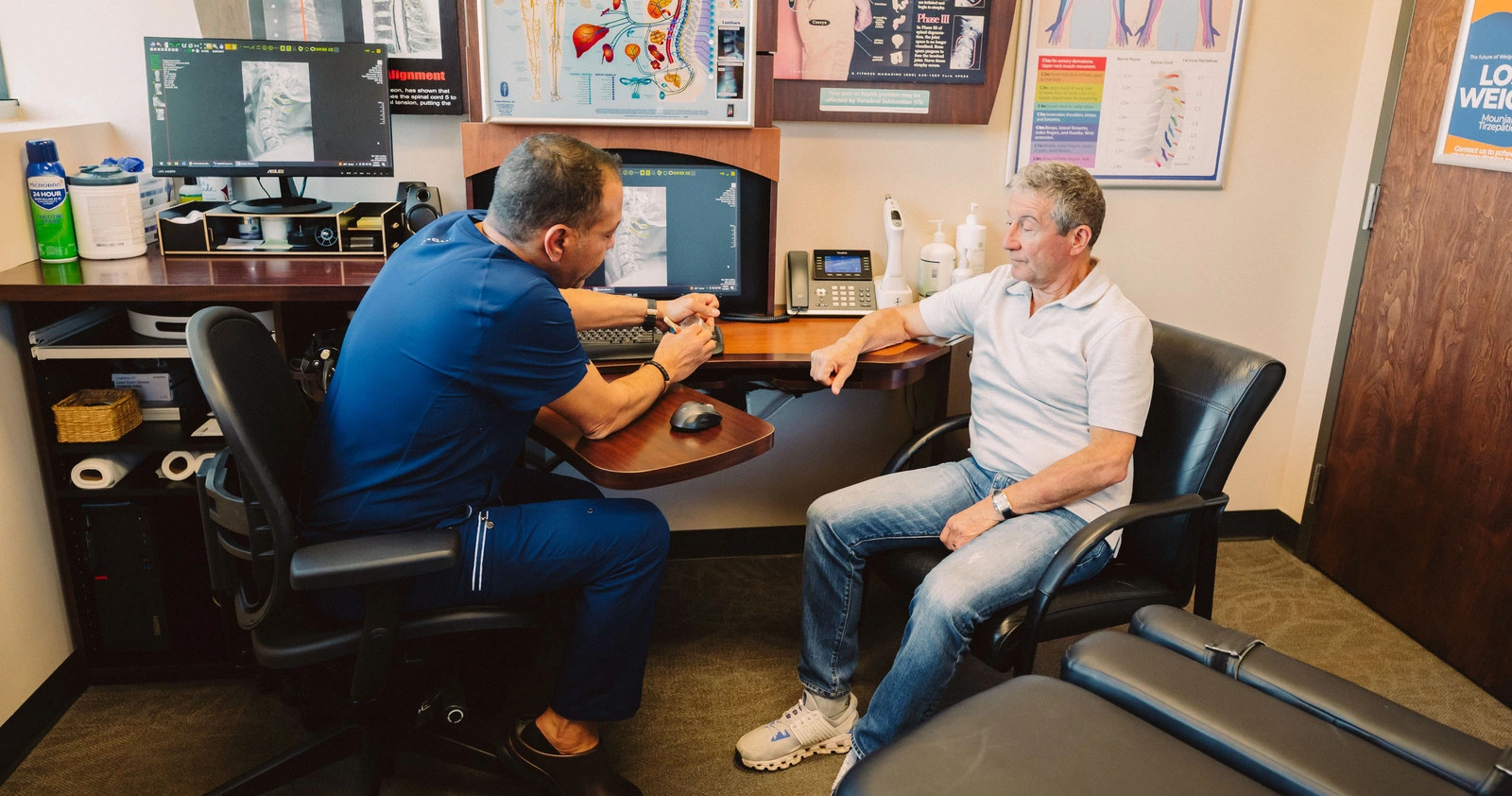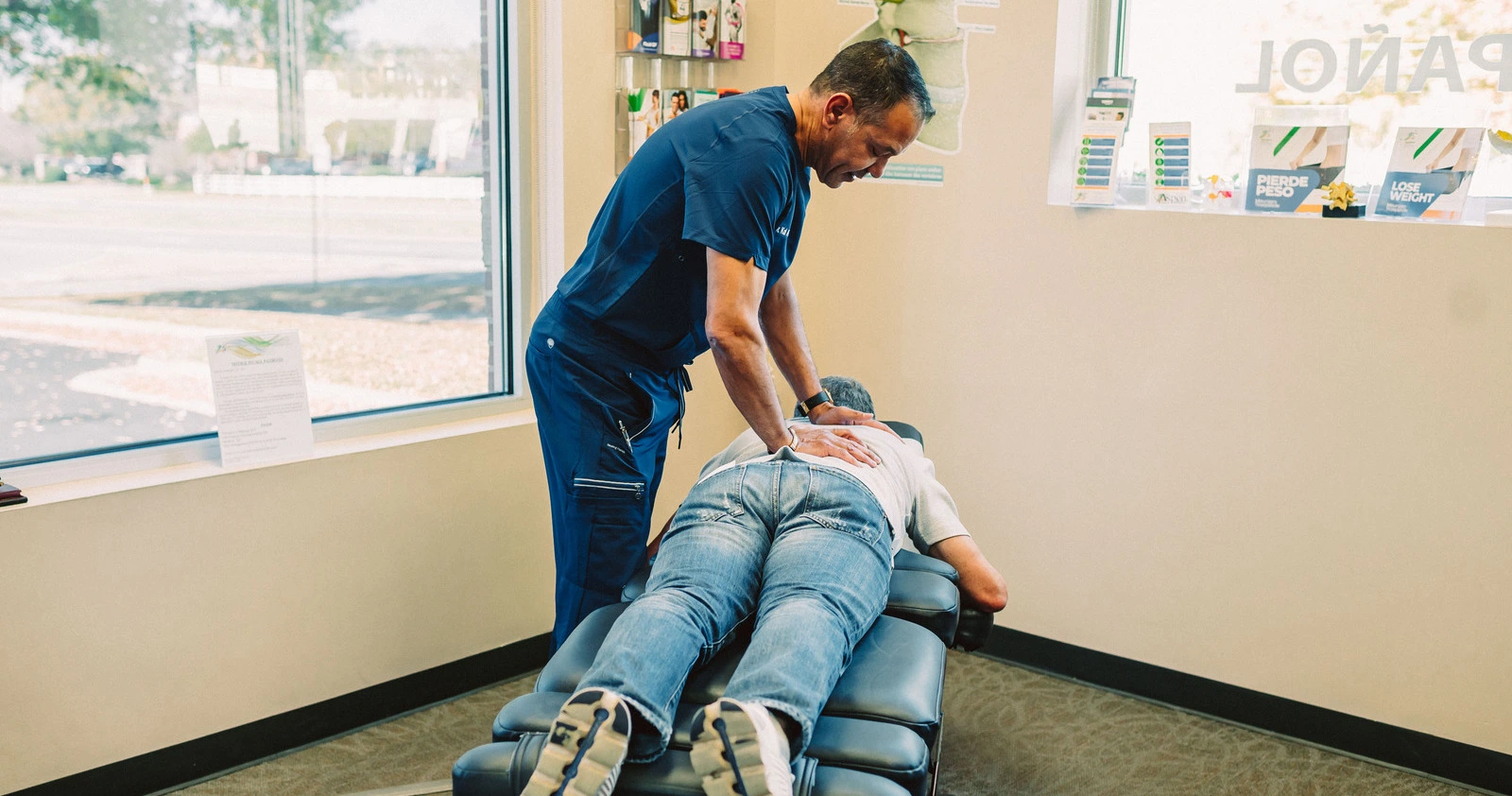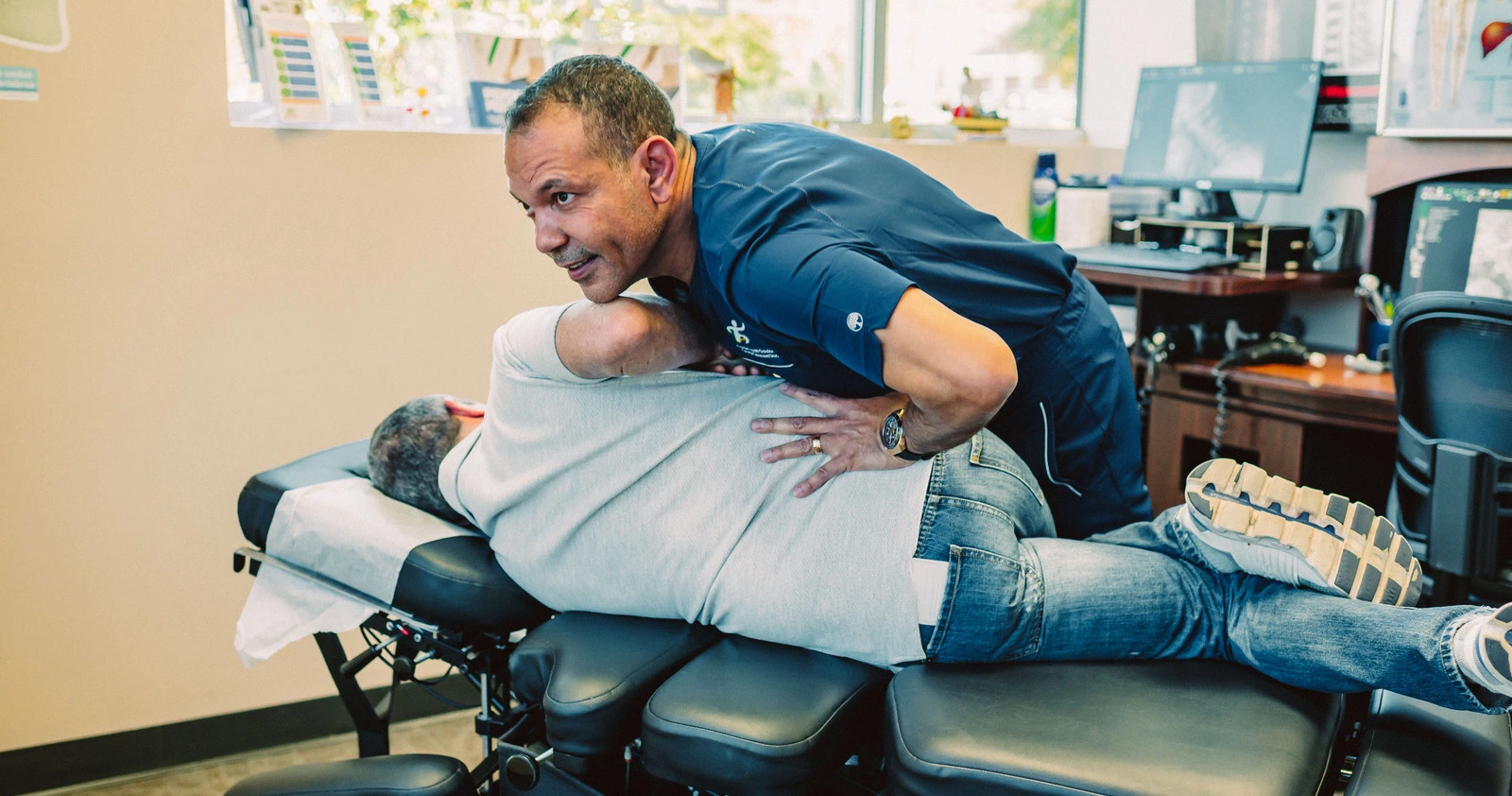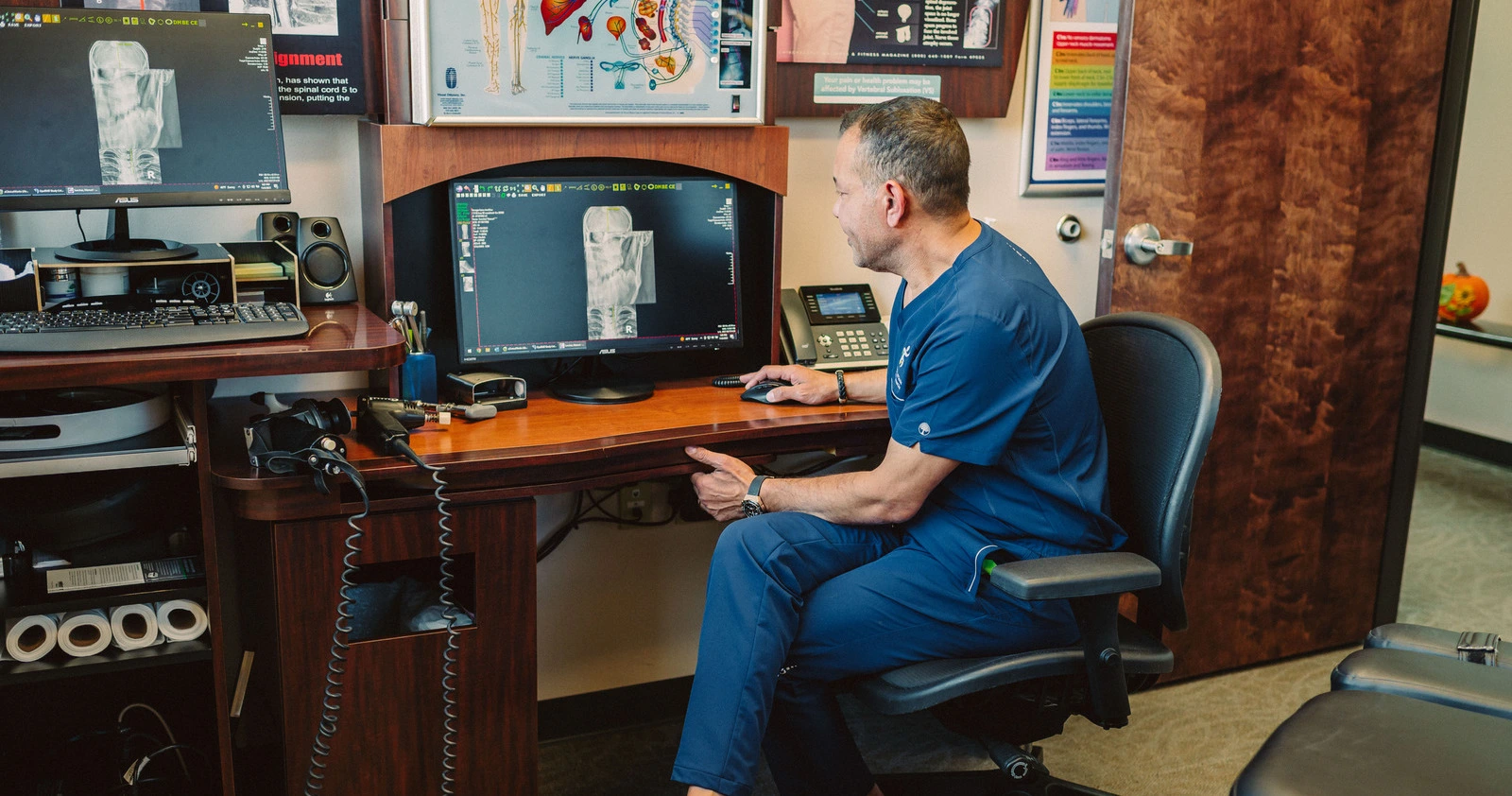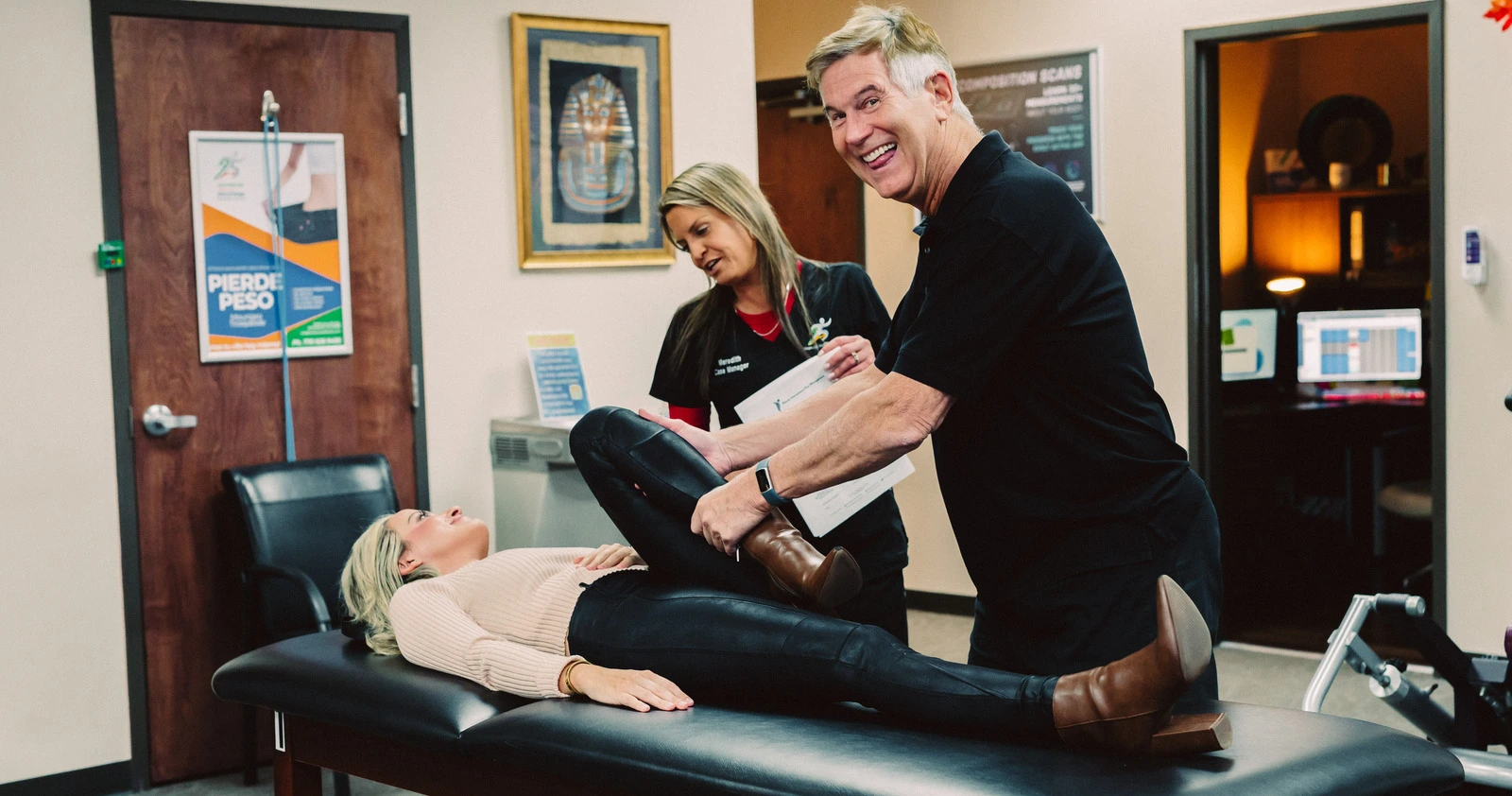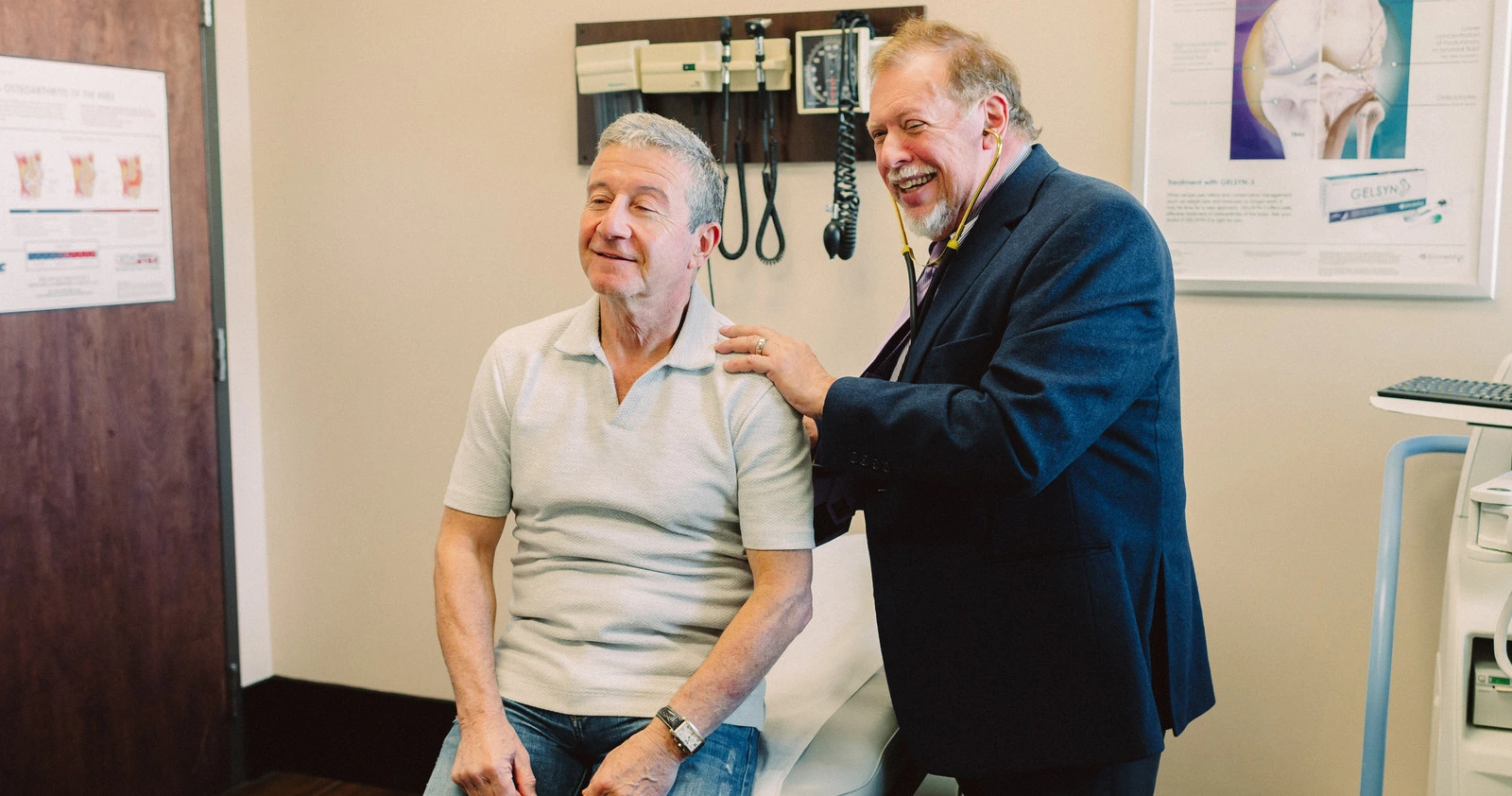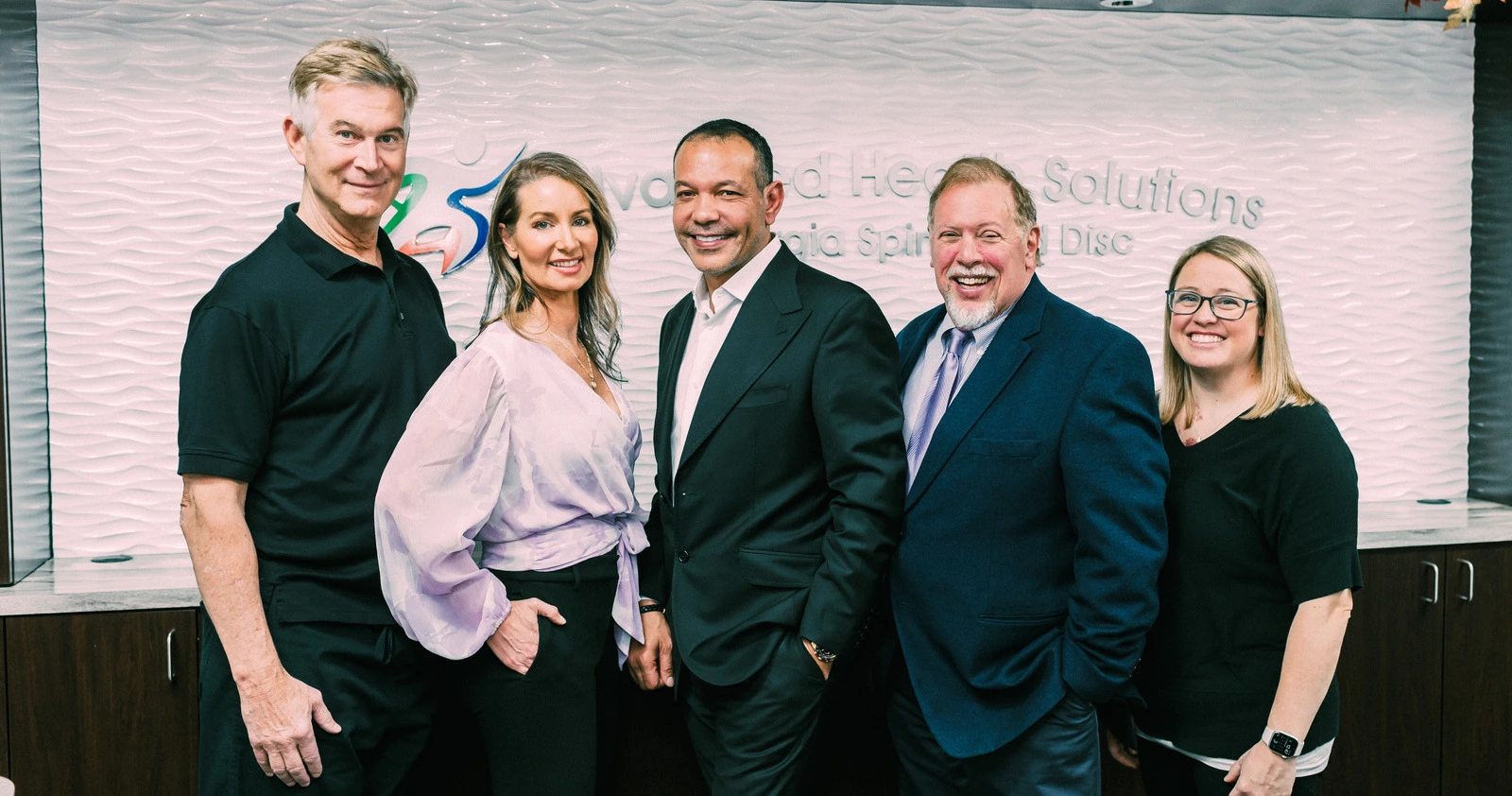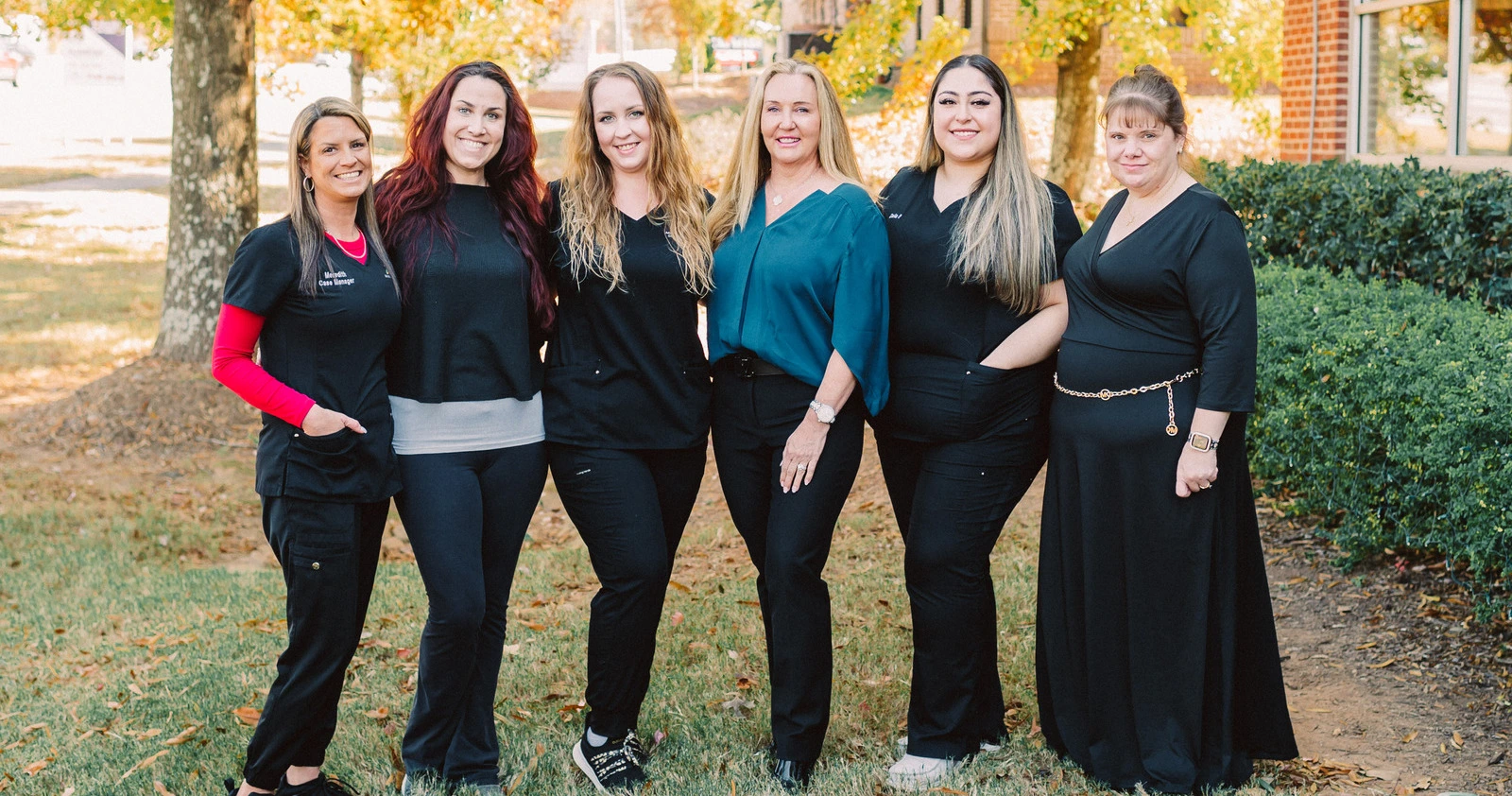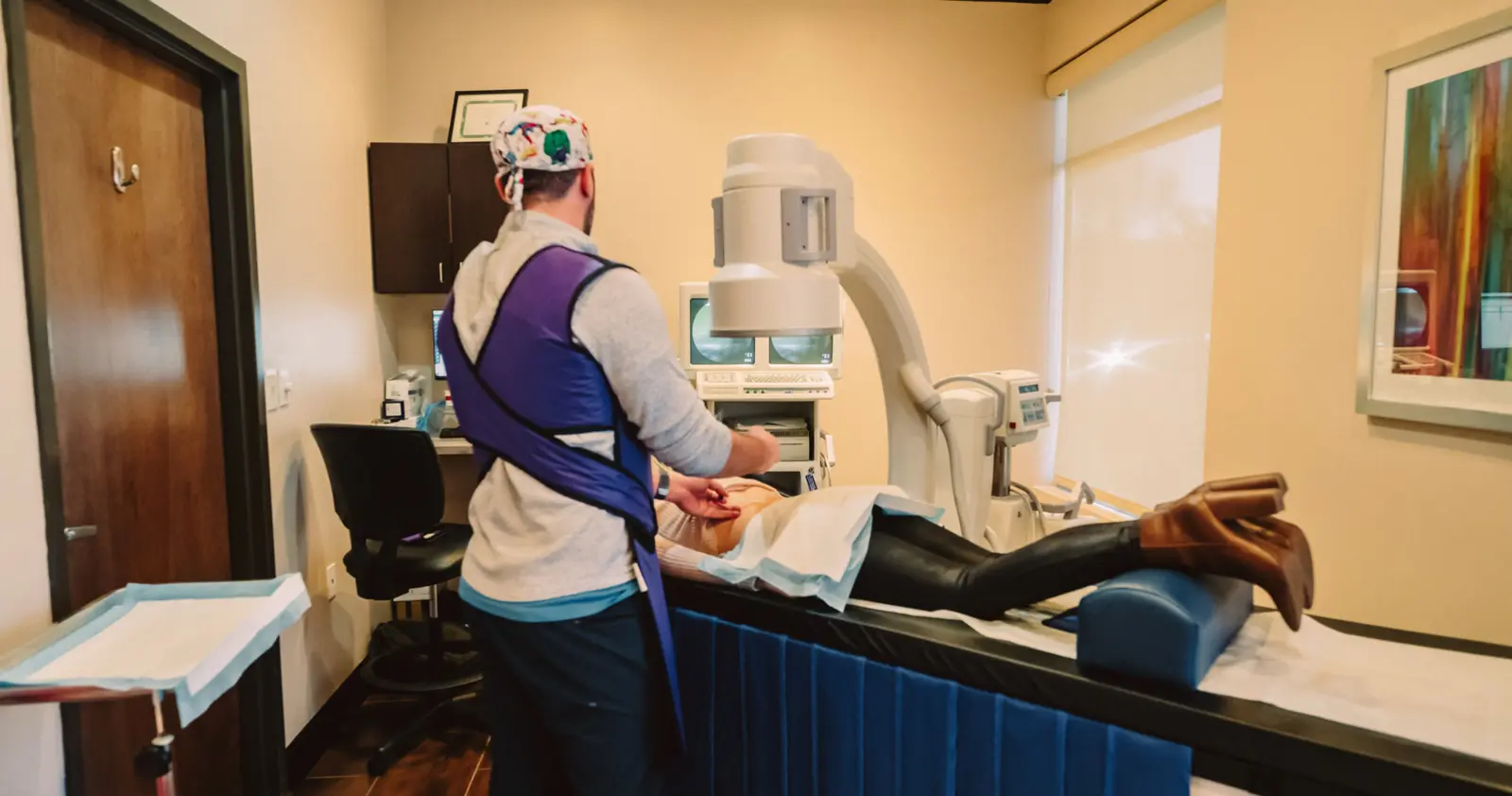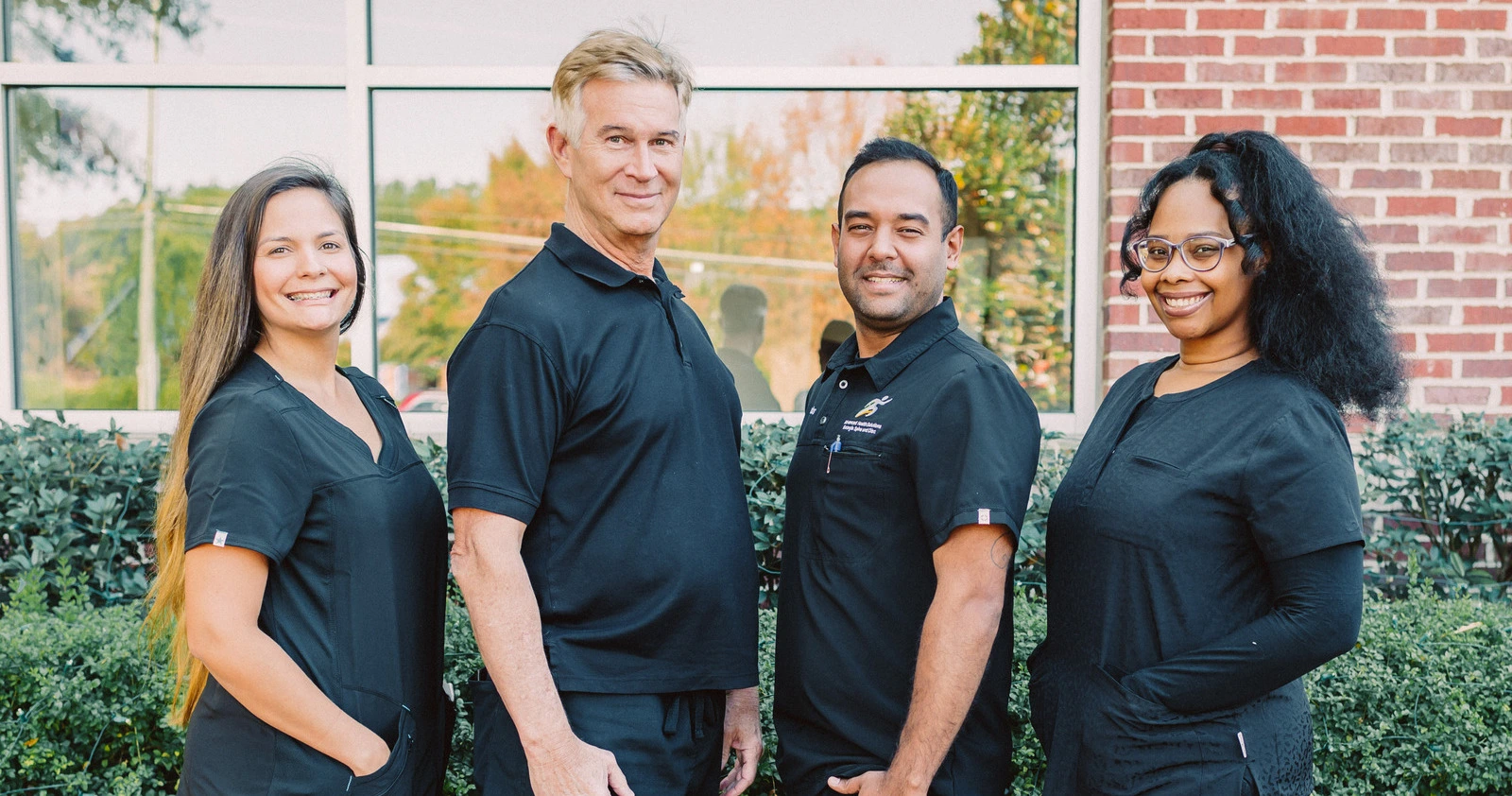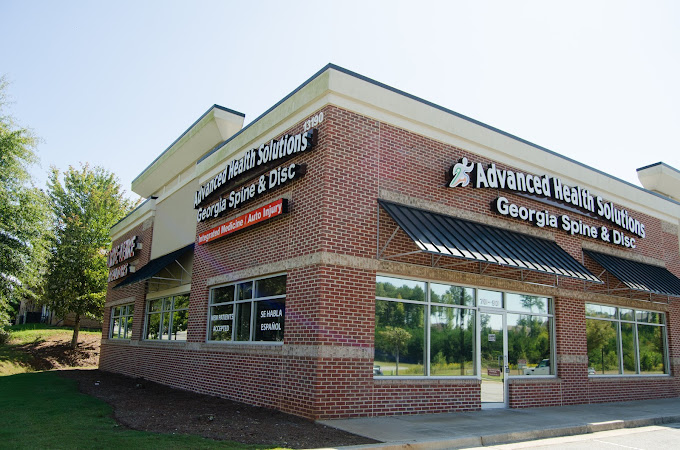Platelet-Rich Plasma (PRP Therapy)
Tons of research has been done on PRP. Scientists were simply trying to understand how PRP aids healing after an injury. PRP Therapy was first done on athletes and sportsmen who suffered different degrees of injury. Roger Federer, Tiger woods and so many others all had PRP done on them, in a bid to take care of their injuries. Prior to the development of PRP Therapy, athletes depended on surgery, drugs and at times therapeutic session in recovering from their injury. Athletes that received PRP treatment have hailed it as being more effective in helping them recover faster from injury.

PRP is no longer a novel medical procedure. Much has been said about it, and a great percentage of the populace is very knowledgeable about PRP. Despite its popularity, people continue to ask questions like
- How is PRP therapy used in treating injuries?
- What are the kinds of injuries PRP is effective on?
- How well does PRP work?
- What really is PRP?
Overview
More than 90% of the blood composition is made up of liquid constituent, which is known as plasma. The remaining are solid composition which includes red and white blood cell, and as well as platelets. In the time of an injury, platelet aids in the blood in forming clot. Protein rich compounds are contained in the platelets. Their job is to help the skin regenerate in time of an injury.
PRP therapy is more like blood, but with larger proportion of platelets. A typical PRP contains 5 to 10 times more platelet than normal blood.
The first step in developing PRP is to get the blood of a patient. A separation technique is then used to extract platelet from the blood, after which their concentration in increased through centrifugal process. After increasing the concentration, the platelet is then administered back into the blood.
Working principle of PRP
There is no exact explanation on how PRP works. Medical personnel make use of the fact that increasing the concentration of platelets, increasing the rate at which the body heals after an injury.
PRP therapy is done right on the spot where the injury occurred. There are two distinct approaches to doing this.
First is administering PRP on the affected site on the body. PRP is particularly effective in the treatment of Achilles tendonitis. It is a condition that swells up the heel cord, causing severe pain to the suffer. This condition is very common among athletes. A combination of PRP and pain relievers, are administered on the affected tissue. This operation hurts quite a bit especially within the first week of treatment, the pain and as well as the inflammation disappears in the second to third week following treatment.
PRP is not only used on athletes alone, but on patients who underwent surgery. Practical examples are athletes that had their tendon completely torn. In such cases, part of their treatment will include surgery. To aid accelerated healing after such surgical operation, PRP is administered on them. For better results, PRP is carefully administered into the stitched tissues.
What medical conditions are well treated by PRP Therapy?
Research is still being done to ascertain medical conditions PRP can treat. No clear conclusion has been drawn as regards this, due to a number of factors. Some of the factors include
- The site on the body where an injury occurred
- Health condition of the affected patient
- The intensity of the injury. At times injuries are caused by a disease not an accidents
From research done so far, it has become clear that PRP works well in treating conditions like chronic tendon injuries, tennis elbow. In short PRP can handle every injury on the tendons around the elbow.
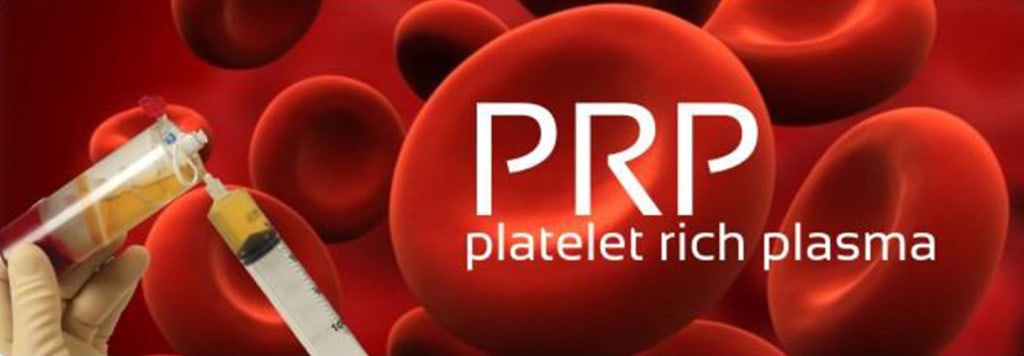
What does it help?
PRP holds a lot of promises in treating chronic tendon injuries and Achilles tendonitis. It also has great potentials in treating jumper knee. As research is still inconclusive, it is difficult to know if PRP is more effective than conventional methods of treating injuries.
Acute Ligament and Muscle injuries
PRP Therapy became popular because of its effectiveness in treating common sports injuries that affects ligaments and muscles. Star athletes that suffered from injuries like pulled hamstring and knee sprains, recovered quickly after being treated with PRP. However, no one knows for sure if PRP was actually responsible in for the accelerated healing of patients that received PRP treatment.
Surgery
Of recent, PRP has been employed in the healing process of tissues damaged during surgery. At first, doctors believed PRP Therapy will be effective in repairing damaged tendons around the shoulder. But research result has proved this assumption false. PRP is ineffective inn handling such medical cases.
PRP has also been experimented on damaged knee ligament, particularly on anterior cruciate ligament (ACL). But result so far show that PRP has not done much in this area.
Knee Arthritis
Researchers also tried the hands on knee arthritis. They tried evaluating the effectiveness of PRP in handling knee arthritis. At this point, findings are inconclusive. No one can really tell if it is better to continue with traditional treatment method, or use PRP
Fractures
PRP Therapy was also tried on the bones to know if it would aid accelerated healing. So far, results from such experimentation has not been impressive
Summary
PRP has a lot of potentials. But due to some limitations, PRP is yet to be fully accepted. PRP has been proven to be effective in treating common injuries like chronic tendon on the elbow. There has been no solid evidence to prove if its effective in treating other kinds of injuries.
Granted, there are doubts as regards the effectiveness of PRP. But one thing we known for sure is that there is very little risk associated with PRP. Though the treatment hurts at first, there are no complications that come afterwards. Unlike other treatment methods that exposes patients to infection, PRP does not.
Get an interview and find out if PRP Therapy is right for you.


